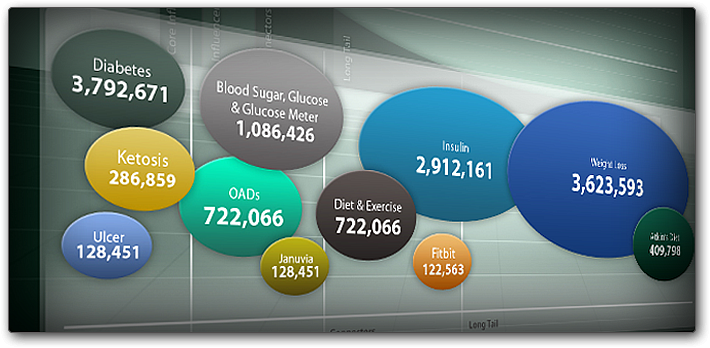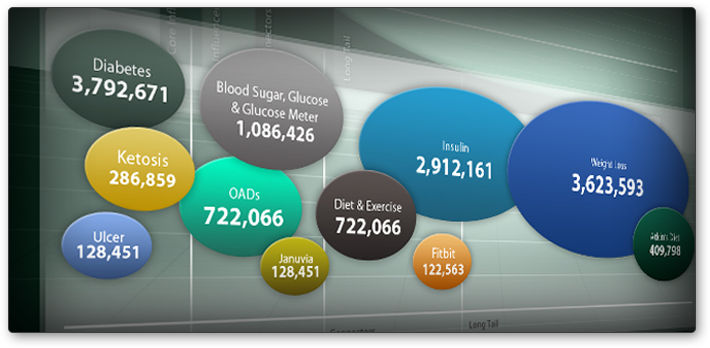At Health 2.0, Consumer Health Content is All About Interactivity, Visualization

 At the recent Health 2.0 conference in San Francisco, it was easy to get wrapped up in discussions of APIs and EMRs and data utility layers. But there also was plenty of discussion about online health content, a subject close to the hearts of at least some journalists and health communicators. (Hint: this may be where your next job is coming from.)
At the recent Health 2.0 conference in San Francisco, it was easy to get wrapped up in discussions of APIs and EMRs and data utility layers. But there also was plenty of discussion about online health content, a subject close to the hearts of at least some journalists and health communicators. (Hint: this may be where your next job is coming from.)
There are hundreds of online sites – some huge, some tiny – offering health information to consumers with wildly varying degrees of quality. At the top of the food chain are doctor-reviewed sites like MayoClinic.com and WebMD, and massive online health communities like EverydayHealth. Some sites offer encyclopedic, doctor-reviewed health information about symptoms, diseases and treatments from vendors like A.D.A.M. Health Solutions or Healthline.
The Health 2.0 conference is where you'll find start-ups like Medico and FoundHealth, which were part of a panel on health content moderated by former AOL Health general manager Marjorie Martin, who now serves as general manager/chief content officer for Canyon Ranch Enterprises and is a member of Center for Health Journalism Digital's advisory board.
There are interesting stories to be told here about engaging people with the right kind of health information at the right time. You'll want to watch for two trends emerging in today's health content: interactivity and visualization, Martin said.
"I do see more meshing of content and technology," Martin said. "There is more interactivity for consumers."
You also can expect to see more creative visualization of data, particularly social networking data, that lends itself to new insights, Martin noted. Here are some examples from the panel of how those trends are playing out:
Swarmology, one start-up highlighted at the panel, sifts through millions of pieces of social media data to "make sense of what people are talking about across the social web," said company president and CEO Malcolm Bohm. As he spoke, he created a "swarm" for asthma to show how people were talking about the condition on Facebook and Twitter. It looks like a cool research tool, but right now the site is aimed at helping marketers analyze consumer sentiment about drugs and diseases and insert messages in real time to help steer that conversation.
FoundHealth integrates information about alternative medicine and wellness alongside traditional information about mainstream treatments for diseases, which the site calls "health challenges." Health care providers, including homeopaths and other providers contribute information to the site, as do patients experiencing these "challenges." "We count on the community to tell us what they've tried and what worked for them," said FoundHealth CEO Rita Sharma.
Former Google product manager Elan Dekel is getting a lot of attention and financing for his site Medico, which aims to fill a gap in online health information outside the United States with a question and answer platform for patients and local doctors. "People tend to be engaged with health content when it's relevant and local – people with similar names talking about similar problems that they have." The site has launched in Spanish and Portuguese.
Organized Wisdom has been around for a while as a consumer-focused health information site, but it's now targeting doctors with tools they can use to curate "care packages" of credible, targeted online information for their patients who already are online and possibly adrift. Doctors have evolved from the days when they begged their patients to stay off the internet and are now far more comfortable online, Organized Wisdom co-founder Steve Krein said. "We've been trying to close the gap between the doctor visit and the search box."
Photo credit: Swarmology
